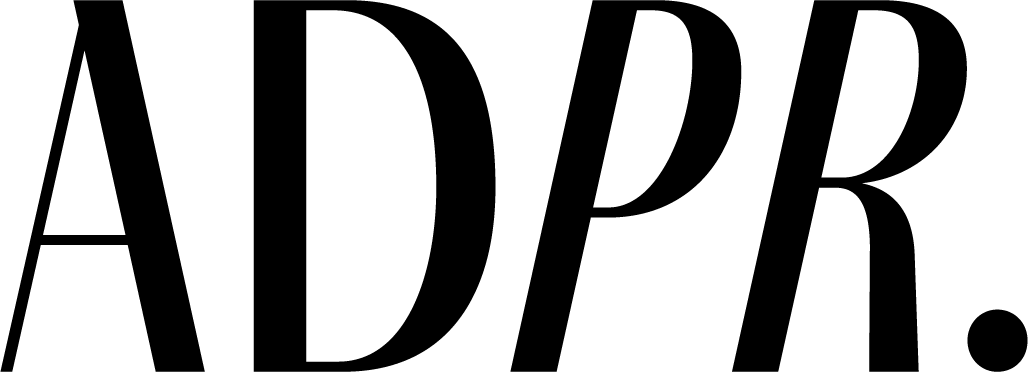What Does Working in PR Entail?
Have you ever met someone who works in PR or publicity and have not known what that means? PR and communications job titles often sound impressive but let’s face it, no one grows up saying “I’m going to be a public relations professional, Mommy!” so it’s not a surprise that many people have no concept of what the job is.
What does a publicist do? What does a communication strategist actually strategize?
I get this question a lot.
Since ADPR is all about education and removing the mystery around PR, why don’t I break down what those of us who work in PR actually do on a daily basis.
Writing
As a communications professional, your backbone is the written word. Every day you are writing multiple documents from press releases to media materials like bios and company backgrounders; messaging documents, and emails (and emails and emails!) In this digital world, getting your message across in a written document is your main mode of communication.Media Relations
Media Relations (often called Media Pitching) is a subsection of writing but it deserves its own explanation. Pitching media or establishing relationships with the press to gain coverage or promote a product/service/client/event is a big part of working in communications. This also includes brainstorming ideas and pitch angles; keeping on top of newsworthy topics; gathering background materials and visuals (including organizing photo and video shoots); and scheduling and preparing talent or executives for interviews. If you work in public relations, you also handle calls from the media as well as the messages that are sent to them on behalf of the company or brand.
3. Media Monitoring
If you work in PR, it is your job to know what the media are saying about your client or employer so conducting daily searches on particular keywords is quite common. For smaller brands, you may set up Google Alerts and do deep dives around specific announcements and milestones. For bigger brands, you may have a service do all this work for you. It’s also common to put together project-based media reports for executives or owners with the number of media impressions, reach, and overall themes of the coverage.
4. Internal Communications
When I worked in corporate communications, I learned that the most important audience a company has is its employees. That goes for any company, whether it is a staff of two or thousands of team members spread out across the world. Employees are your biggest brand ambassadors and can be loyal if treated respectfully. The communication flow between “the top” and “the team” is crucial. This can involve answering employee questions, keeping an up-to-date Intranet, and communicating company changes/information in a timely manner. All of this is key to a good working relationship with your most important audience.
6. Event Planning
The planning of events can sometimes fall underneath the scope of PR. However, there is usually collaboration with an Event Planner who deals with the nitty gritty of the event like logistics, travel, entertainment, decor, food & beverage, and venue. If media are involved in the event, the publicist or public relations team usually takes care of any of those details - red carpet interviews, tickets, and ensuring they have a good time.
5. Crisis Communications
Some PR pros get a thrill from crisis communications. Anyone who works in this sector will tell you that the best crisis is one you can plan for. If you work on crisis plans, you need to think of all the scenarios that could go wrong and plan for each one as much as possible, ahead of time. This includes draft messaging that can be adapted on the fly for a variety of audiences, a clear chain of command in order to make decisions quickly, and resources available if needed.
7. Social Media
Social Media is a newer aspect of PR but because it is public facing, it’s imperative that PR pros have a solid understanding of its advantages and challenges. Similar to event planning, PR teams often work with Social Media Specialists so there is a dedicated group of professionals monitoring and messaging these ever-evolving platforms. Because PR oversees a brand's general messaging, it makes sense for these teams to work in tandem so there is consistency.
Chances are your brand does not need all of these functions, but PR is for big AND small businesses. If even one of these services would help you, then consider booking a complimentary consult to find out more.



